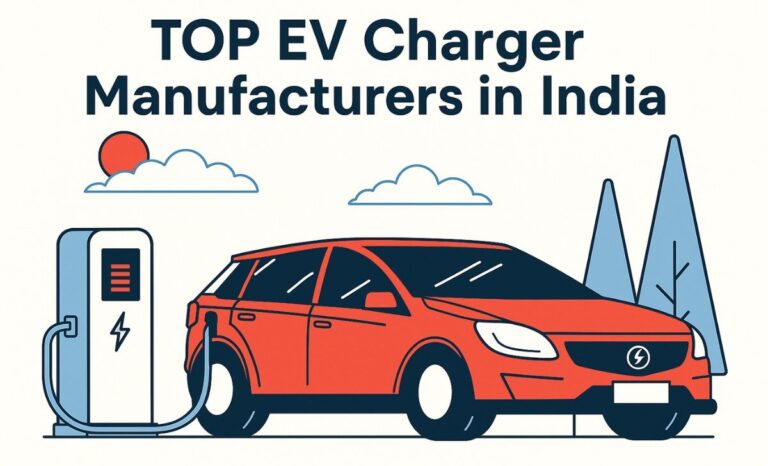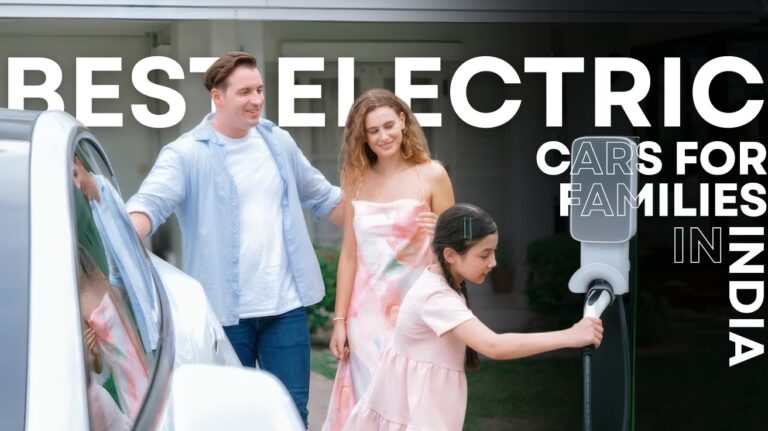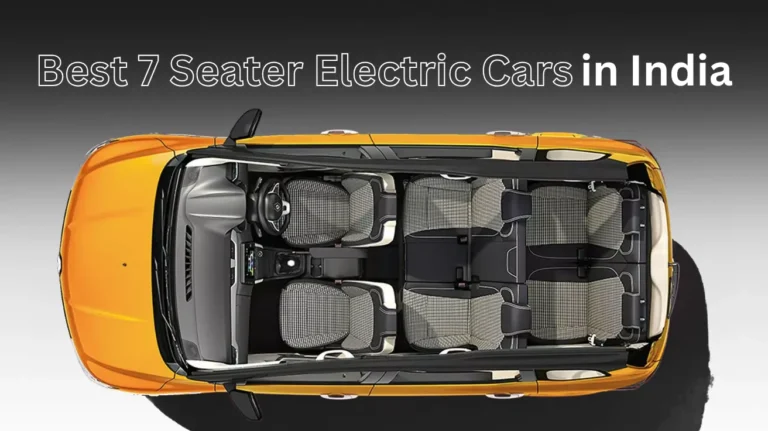
Top Secrets for Extending Your EV Battery Life
EV battery life is getting better every year. The development of the new technology was very quick. And also, many automakers are investing in research and development to improve battery life performance. As a result, drivers can look forward to an exciting array of even more efficient EVs booming the market very soon.
The boom in investment is enhancing the performance of battery technology and cutting costs, opening a new way for more consumers to embrace EVs. Modern EV batteries can last much longer than many people realize, but there are some important factors that may not be immediately obvious.
Before buying an EV, or if you already own one, understanding the lifespan of EV batteries can help you make a smart decision to save on electricity costs.
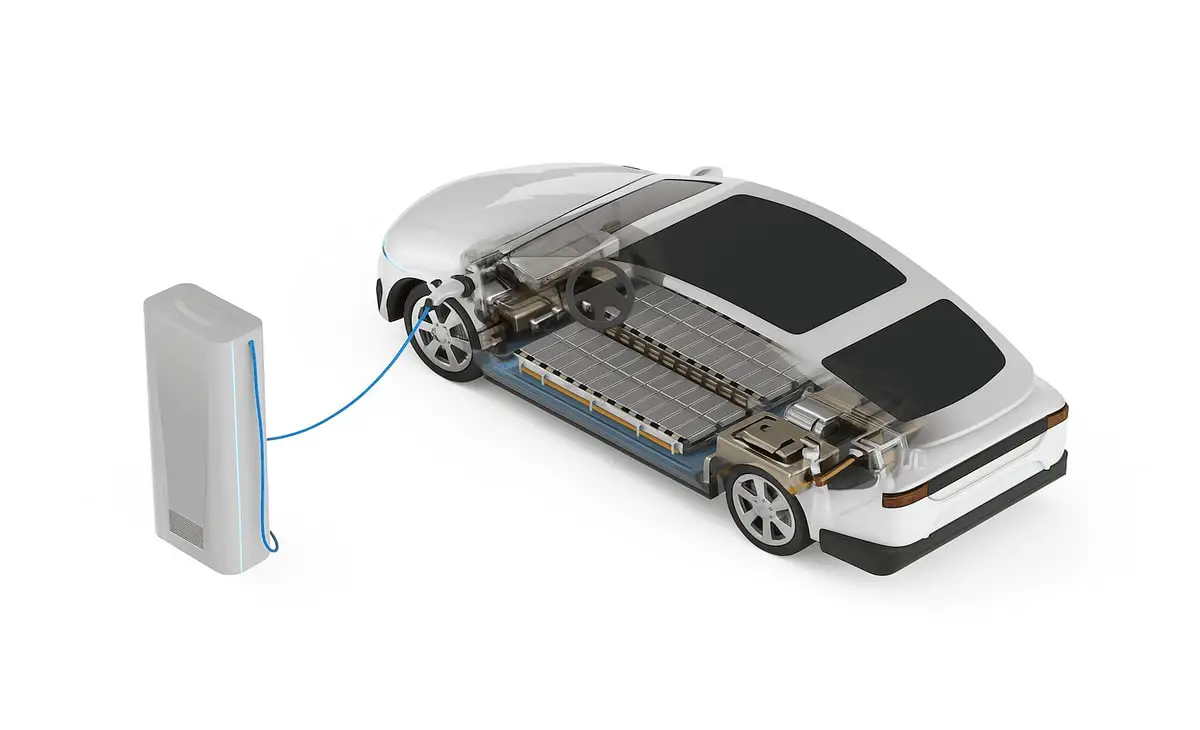
How Long Do EV Batteries Last?
Experts predict that by 2025, EV battery packs will have a battery life of 20 years and 200,000 miles. It’s incredible that some of the batteries have gone over 400,000 miles! According to popular belief, it’s excellent.
New studies find that the electric power loss of battery packs for electric vehicles is just 1.8% every single year. This is an impressive growth compared to the 2.3% loss rate of 2019! New improvements keep improving battery life.
Real-World Data Shows Better Results
A major study of over 7,000 vehicles found that most batteries keep more than 80% of their original power, even after 200,000 kilometers. This proves that EV batteries are more reliable than many stories suggest.
Most carmakers give 8- to 10-year warranties on EV batteries. Some companies, like Tata Motors, now offer lifetime warranties for the first owner. This shows how confident companies are about battery quality.
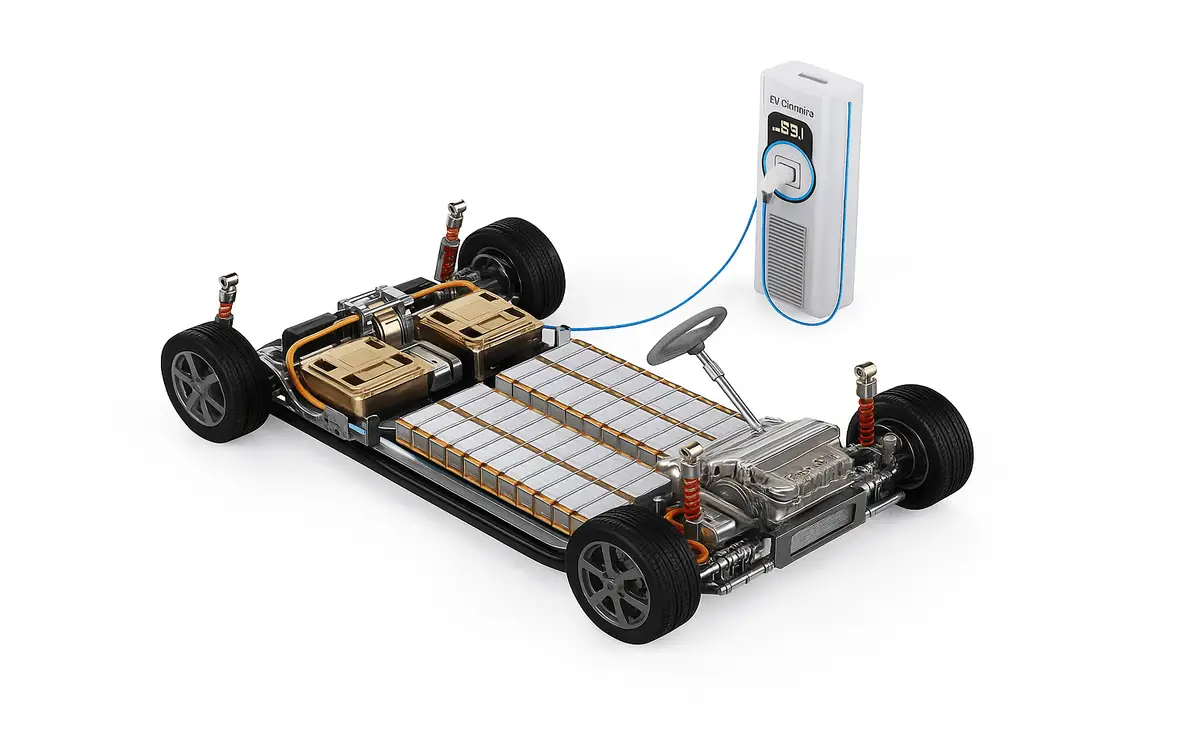
What Makes EV Batteries Last Longer or Shorter?
Several things affect how long your EV battery will work well:
Temperature Effects
Hot Weather: Extreme heat speeds up battery aging. The ideal temperature range is 20°C to 40°C (68°F to 104°F). Parking in the shade helps protect your battery.
Cold Weather: Winter reduces battery range by 20–30% on average. Temperatures that drop below -6°C can reduce battery range by as much as 41%. But the decrease is temporary—our battery returns to normal when it warms up.
Charging Habits Matter Most
Smart Charging: Keep your battery between 20% and 80% charge for daily use. Only charge 100% for long trips.
Avoid using fast charging too often, as DC rapid charging generates heat that can accelerate battery wear. Use slow charging (Level 1 or Level 2) for your daily needs. Reserve fast charging for when it is necessary.
Regular Charging: Charge your EV regularly rather than letting it run very low. Think of charging your EV like charging your phone—small, frequent charges are better than infrequent, large ones.
Driving Style
Gentle Driving: Smooth acceleration and moderate speeds help batteries last longer. Aggressive driving places additional stress on the battery.
Regenerative Braking: Utilize your electric vehicle’s energy recovery system when decelerating. This process puts energy back into the battery and reduces wear on the brake parts.
Different Battery Types Have Different Lifespans
Car Batteries vs. Motorcycle Batteries
Electric cars have battery packs that can last 10 to 20 years if properly maintained.
Electric Motorcycles: The batteries typically last between 3 and 10 years or can endure 500 to 1000 charging cycles. Will you need the replacement? Then, old batteries can be used in other applications because their compact size and higher power demands allow them to perform better.
Battery Chemistry Differences
- Lithium Iron Phosphate (LFP) batteries are used by Tesla in some models because they have a longer lifespan. These batteries degrade more slowly and are becoming increasingly popular.
- Nickel Manganese Cobalt (NMC): Common in many EVs, these offer a favorable balance between power and lifespan.
Simple Tips to Make Your EV Battery Last Longer
Daily Care
Park Smart: Whenever possible, use garages or shaded areas to protect your battery from extreme temperatures.
Charge Overnight: Schedule your car to charge during off-peak hours when electricity costs less. This is a beneficial idea, and many electric vehicles (EVs) come with timers that enable you to schedule charging.
Check Battery Health: Use mobile apps to monitor the condition of your battery. Watch for any unusual changes. If you encounter If anything is unclear, please reach out to your manufacturer for assistance.
Seasonal Care
Winter Preparation:
- Preheat your car while it’s still plugged in.
- Use heated seats instead of cabin heating when possible.
- Keep the battery charge higher than 20% in cold weather.
Summer Protection:
- Park in the shade whenever possible.
- Avoid charging the battery immediately after long drives in hot weather.
- Let the battery cool down before fast charging.
Long-Term Storage
If you do not plan to drive your EV for several weeks, it is recommended to store it with approximately 50% charge. D Do not leave it fully charged or completely empty for long periods.

Costs Are Coming Down Fast
EV Battery Replacement Costs in India (2025)
C The typical cost for battery packs in India ranges from ₹15,000 to ₹20,000 per kWh.
Battery size categories and estimated replacement costs:
| Battery Size | Estimated Replacement Cost (₹) | Notes |
|---|---|---|
| Small (up to 30 kWh) | ₹450,000 – ₹600,000 | Suitable for compact EVs |
| Moderate (30-60 kWh) | ₹600,000 – ₹900,000 | Mid-sized EVs |
| Large (Above 60 kWh) | ₹900,000 – ₹1,200,000 | Larger or premium EVs |
Model-wise examples:
| EV Model | Battery Capacity (kWh) | Replacement Cost (₹) |
|---|---|---|
| Tata Nexon EV | 30.2 | ₹3.5 lakh – ₹6 lakh |
| Mahindra XUV400 | 34.5 | ₹4.25 lakh – ₹6 lakh |
| MG ZS EV | 50.3 | ₹6.6 lakh – ₹8.5 lakh |
| Hyundai Kona Electric | 39.2 | ₹11.9 lakh |
| Hyundai Ioniq 5 | 72.6 | ₹10.5 lakh – ₹12.5 lakh |
| Kia EV6 | 77.4 | ₹11 lakh – ₹13 lakh |
| Audi e-tron | 95 | ₹14 lakh – ₹16 lakh |
- Additional notes:
- Price excludes taxes and labor charges.
- Battery warranties and Battery-as-a-Service (BaaS) options can reduce replacement costs or shift them to monthly fees.
Global EV Battery Replacement Costs and Trends (2025)
Global average battery pack prices:
- Around $111 per kWh in 2024, expected to fall to $80 per kWh by 2026 and possibly below $50 per kWh by 2030.
- Goldman Sachs predicts a drop to $99/kWh by 2025 and ~$80/kWh by 2026.
Typical battery replacement cost range:
- $3,000 to $20,000, depending on battery size and vehicle model.
Examples of replacement costs by battery size (approximate):
| Battery Size (kWh) | Example Models | Estimated Replacement Cost (USD) |
|---|---|---|
| 40 | Nissan Leaf ZE1 | $10,000 |
| 60 | Tesla Model 3 RWD | $15,000 |
| 78 | Volvo C40 Recharge Twin | $20,000 |
| 82 | Tesla Model 3 Long Range | $21,000 |
| 114 | Audi SQ8 e-tron | $29,000 |
- Key factors influencing global costs:
- Battery chemistry (LFP cheaper than NCM)
- Raw material prices and supply chain dynamics
- Manufacturing scale and technological improvements
- Outlook:
- Battery prices are expected to halve by 2030, significantly reducing replacement costs and total EV ownership costs globally.
Warranty Protection Gives Peace of Mind
Standard Warranties
Most EV makers offer 8-year or 100,000-mile warranties. This covers major battery problems and significant capacity loss.
Some premium brands offer even better coverage:
- Mercedes EQE/EQS: 10-year or 155,000-mile warranty, whichever comes first.
- VinFast: 10-year, 125,000-mile vehicle warranty and a separate 10-year, unlimited-mileage battery warranty. This is for non-commercial use.
What Warranties Cover
Good warranties protect against:
- Complete battery failure
- Capacity loss below 70-80% during the warranty period
- Manufacturing defects
What Void Warranties
Avoid these to keep your warranty valid:
- Using non-approved chargers
- Opening battery systems yourself
- Skipping software updates
- Commercial use (like a taxi service)
Common EV Battery Myths
Myth 1: Batteries Die After a Few Years
Reality: Studies show that most batteries retain over 80% of their capacity after travelling more than 200,000 miles. Battery technology has improved dramatically.
Myth 2: Cold Weather Drains Batteries
Reality: Winter reduces range temporarily but doesn’t permanently damage modern batteries. Range returns to normal in warmer weather.
Myth 3: Fast Charging Always Damages Batteries
Reality: Occasional fast charging is fine. Modern EVs have systems to protect batteries during fast charging. Problems only occur with frequent fast charging in hot conditions.
Myth 4: You Can’t Charge in Rain or Snow
Reality: EV charging systems are waterproof and safe in all weather. You can charge safely during storms.
Future Battery Technology Looks Even Better
Solid-State Batteries Coming Soon
New solid-state batteries will be available by 2027-2028. These will:
- Last much longer than current batteries
- Charge faster and safer.
- Work better in extreme temperatures.
- Cost less to make
Better Safety Features
New safety innovations include
- Fire Prevention Systems: Companies like Renault have “fireman access” ports that help put out battery fires quickly.
- Advanced Battery Management: Modern cars have smart systems that protect batteries automatically.
- Better Materials: New fire-resistant materials make batteries much safer.
Second Life for Old Batteries
Even when EV batteries can’t power cars anymore, they still have 70-80% of their original capacity. These batteries can:
- Store solar energy for homes.
- Power backup systems
- Be recycled to recover valuable materials.
Companies like Redwood Materials recover 98% of important minerals from old batteries. Makes EVs more environmentally friendly.
What This Means for EV Owners and Buyers
For Current EV Owners
Your battery will likely last the entire time you own your car. Focus on:
- Following simple charging best practices
- Using your car’s built-in battery protection features
- Not worrying about normal day-to-day use
For Future EV Buyers
EV batteries are more reliable than ever. Consider:
- Warranty coverage when choosing a model
- Battery chemistry that fits your needs
- Long-term cost savings from improving technology
Regional Considerations for Different Climates
Hot Climate Tips
If you live in very hot areas:
- Look for EVs with liquid cooling systems.
- Park in shade or covered areas.
- Avoid charging during the hottest part of the day.
Cold Climate Tips
For cold regions:
- Choose EVs with heat pumps (they lose only 20% range vs. 40% without heat pumps).
- Precondition your battery while charging.
- Keep emergency charging cables for winter emergencies.
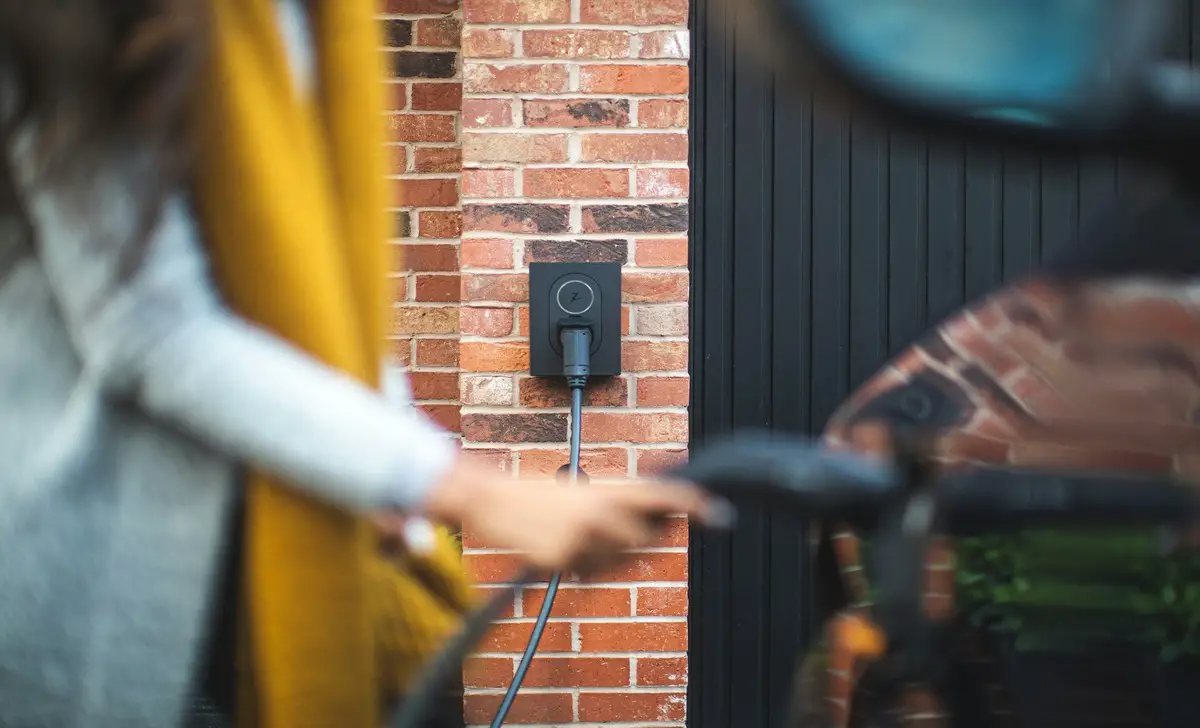
Making Smart Charging Decisions
Home Charging Setup
Level 1 (120V): Slow but gentle on battery. This level is ideal for overnight charging.
Level 2 (240V): Faster charging that’s still easy on your battery. This level of charging is ideal for the majority of home setups.
Public Charging Strategy
Use fast charging for long trips, but rely on slower charging for daily needs. This gives you convenience when you need it while protecting your battery.
The Bottom Line: EV Batteries Are Better Than Ever
Nowadays, EV battery technology has improved dramatically. Modern batteries last longer, charge faster, and cost less than ever. With proper maintenance, your EV battery will likely last longer than your car.
Key takeaways:
- Most EV batteries last 15–20 years with normal use.
- Simple charging habits make a big difference.
- Warranties protect against major problems.
- Costs are dropping fast.
- Future technology will be even better.
Don’t let old fears about battery life stop you from thinking about an EV. Today’s batteries are safe, long-lasting, and backed by strong warranties. As technology keeps improving, EV usage becomes a smarter choice every year.
When you drive a car or motorcycle, understanding your EV battery helps you get the best for your investment. Follow the simple tips in this guide, and your battery will serve you well for many years to come.
Advanced Insights on EV Battery Life
Comparing Key Battery Chemistries
Electric vehicles today mostly use two lithium-ion chemistries—lithium iron phosphate (LFP) and nickel-manganese-cobalt (NMC). Their various properties impact EV battery life and performance:
| Chemistry | Cycle Life (to 80% capacity) | Energy Density | Typical Applications |
|---|---|---|---|
| LFP | 2,000–10,000 cycles | 90–160 Wh/kg | Urban EVs, grid storage |
| NMC | 1,000–2,000 cycles | 150–250 Wh/kg | Long-range EVs, performance models |
Because LFP cells resist degradation under frequent, shallow cycling, they excel in daily urban driving and second-life storage. Although NMC packs have a higher energy density, they experience faster wear when subjected to deep discharges.
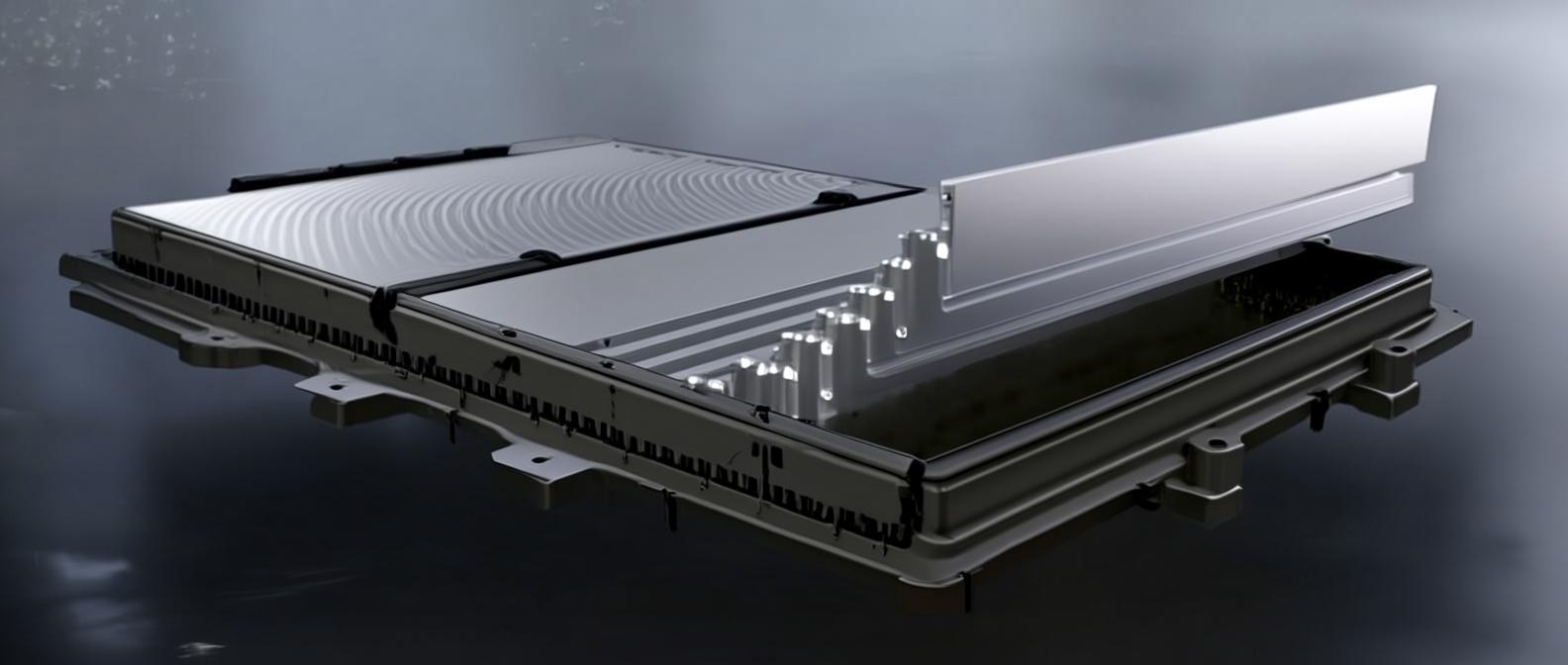
Emerging Battery Materials
Silicon-Anode Batteries
According to reports, the energy density of silicon-anode cells surpasses that of graphite anodes by up to 50%. This means that they can have longer ranges or smaller pack sizes. Prototype tests show impressive results, charging from 5% to 60% in just 5 minutes and reaching 80% in under 9 minutes, all while keeping excellent cycle-life performance.
Solid-State Batteries
We anticipate the commercial launch of solid-state batteries in 2025. By 2030, they will be in high demand. Early deployments will total under 2.5 GWh by 2027, although they may have superior energy density, safety, and charging speed compared to liquid-electrolyte cells.
The Role of Battery Management Systems
A sophisticated Battery Management System (BMS) is critical for maximizing the life of an EV battery. Key functions include
- The system is responsible for monitoring cell voltages, currents, temperatures, states of charge (SOC), and health (SOH).
- It safeguards against extremes in temperature, overvoltage, undervoltage, and overcurrent.
- The BMS The battery management system (BMS) balances cell charge using either active or passive methods to ensure uniform aging.
- The BMS controls thermal regulation to avert degradation and thermal overheating.
By continually optimizing operating conditions, a BMS can add several years of useful life to an EV battery pack.
Impact of Fast Charging
Even while DC rapid charging may produce more heat, today’s electric vehicles feature modern battery management systems that reduce the risk of damage and confirm safe operation. These devices control temperature and charge rate to minimize their impact on battery life.
An exciting study involving more than 12,500 Tesla vehicles revealed that there’s no notable difference in annual range loss between cars that fast-charged 90% of the time and those that did so only 10% of the time. This is a testament to the impressive thermal and voltage management systems in place!
Best Practices When Fast Charging
Fast charging remains safe when:
- Avoid extreme heat or cold without preconditioning.
- Not performed at very low (<10%) or very high (>90%) SOC.
- It should be paired with adequate cooling intervals between sessions.
Studying advanced elements like chemical selection, BMS sophistication, and charging tactics may help EV owners and purchasers improve battery life, minimize costs, and confidently embrace electric transportation.


